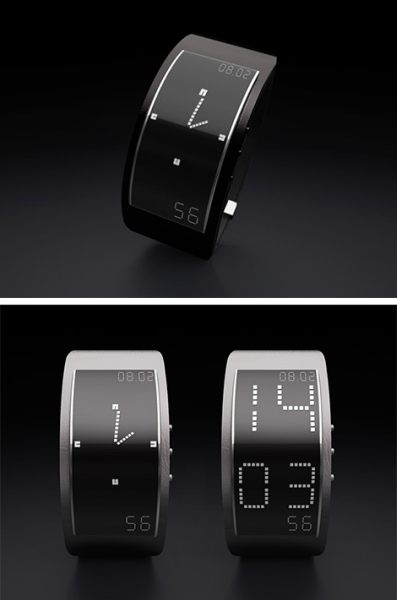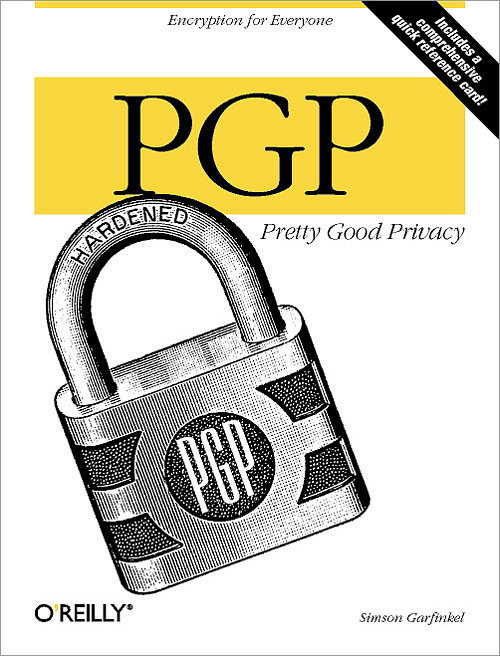A different kind of Twitter timeline
Sunday, June 7th, 2009 Its been about a month since I started using Twitter, and I have to say the thing I’m most disappointed with is the fact that its so easy to miss interesting information. Depending on how busy I am, I may have the time to spend half a day catching up to stuff on Twitter, or I may have the chance to load my Twitter client for just 5 minutes to look for new direct messages or @replies. Regardless of how much time I put into it, I always wind up missing something, I’m absolutely sure of it.
Its been about a month since I started using Twitter, and I have to say the thing I’m most disappointed with is the fact that its so easy to miss interesting information. Depending on how busy I am, I may have the time to spend half a day catching up to stuff on Twitter, or I may have the chance to load my Twitter client for just 5 minutes to look for new direct messages or @replies. Regardless of how much time I put into it, I always wind up missing something, I’m absolutely sure of it.
This is the difference between RSS and Twitter – RSS clients tend to collect everything from a particular feed and preserve it until I either mark things read and ignore them or actually read them. This is what I want from a Twitter client, except I think there’s a way to make this sort of thing even nicer with Twitter.
I want to be able to see the most relevant tweets in my Friends Timeline. For instance, for those friends that announce new blog posts, I want to be able to see those – all the time. I want to prioritize retweets and @replies lower than original posts. Moreover, I want to prioritize certain friends’ posts higher than others.
Basically, once you follow a certain number of people, the signal-to-noise ratio becomes so low that the chances of you missing out something really interesting and relevant are just horrendous.
I’m proposing an alternate view of your Twitter feed – a prioritized timeline. First you’ll need to priority-order and assign numerical priorities to each of the people you follow. After that tweets will be shown in this prioritized timeline ordered by a relevance value. Lets say you order @ivantumanov as 50 and @engadget as 5. Then a new post from me (posted at the same time as the post from @engadget) will show up first. After that the two posts’ position in this prioritized timeline will decay according to how old they are. However, the relevance value for my post will decay 10 times slower than the relevance value for @engadet’s post. In this way, it’ll stay closer to the top of this prioritized timeline longer and thus I’ll be more likely to read it. Because posts may move around as time goes by (@engadget’s posts will continue falling down in relevance and moving down in this list while my post will fall down 10 times slower), a “seen” flag will need to be shown. Additionally, a filing system (To Read, To Save, For Reference folders) would be nice. And finally, thumbtacks that keep a post at a particular place in the timeline – basically freezing their relevance value so it doesn’t decay with time.
The source of the tweet is obviously the easiest thing to use for determining relevance. But how about the content of the tweets? Anything that starts with RT or @ can be assigned a penalty or a promotion as far as the relevance value / priority value of that post. Things with “New Blog Post” for instance, or any other specific string can be assigned a penalty or bonus value. And for those of us who use Tweetie, anything with “(via …” can be prioritized in a specific way as well.
Is there something like this out there already? If not, I’m gonna have to get my hands dirty and fiddle with the Twitter API some this coming week to make this happen.
 I have to confess, I wear a wrist watch perhaps once .. (wait for it) .. every two years. At least that’s my best estimate over the last 6 years or so. I use my blackberry exclusively for my time-telling needs (and all the appliances that tell time – my computer, microwave, cable box, tv, alarm clock, etc). So you could say I’m the last person to have any sort of useful input on the subject of wrist accessories. But after seeing this image on the right, I had an idea (assuming the watch on the right doesn’t already do what I’m proposing here – I don’t know the manufacturer unfortunately, so can’t check). What if wrist watches came in pairs? Think about it – that way you don’t have to wear a bracelet on the hand opposite the one you wear a watch on. That way you have twice the room to accessorize and you don’t have to go through all that “my accessories have to match” hooplah.
I have to confess, I wear a wrist watch perhaps once .. (wait for it) .. every two years. At least that’s my best estimate over the last 6 years or so. I use my blackberry exclusively for my time-telling needs (and all the appliances that tell time – my computer, microwave, cable box, tv, alarm clock, etc). So you could say I’m the last person to have any sort of useful input on the subject of wrist accessories. But after seeing this image on the right, I had an idea (assuming the watch on the right doesn’t already do what I’m proposing here – I don’t know the manufacturer unfortunately, so can’t check). What if wrist watches came in pairs? Think about it – that way you don’t have to wear a bracelet on the hand opposite the one you wear a watch on. That way you have twice the room to accessorize and you don’t have to go through all that “my accessories have to match” hooplah. Martin Zwilling (
Martin Zwilling ( I finally succumbed to peer pressure and set up an account on
I finally succumbed to peer pressure and set up an account on  Generally speaking, what intrigues me most is the dynamic that is created by mini-blogging sites. Twitter is one of many sites (even
Generally speaking, what intrigues me most is the dynamic that is created by mini-blogging sites. Twitter is one of many sites (even  I just read
I just read  What’s interesting about Nova Spivack’s spin on the project is that he compares it directly to Google and how Google is a lookup engine whereas Wolfram is a computation engine. I don’t think Google is behind the curve on this issue though – seems like they’re either waiting for somebody to solve this problem well and then they’re going to get gobbled (or googled) up and bought. Or perhaps they have a system of their own that does this sort of stuff and they’ve just been waiting for the appropriate time to launch it – when their stock needs a big boost or something
What’s interesting about Nova Spivack’s spin on the project is that he compares it directly to Google and how Google is a lookup engine whereas Wolfram is a computation engine. I don’t think Google is behind the curve on this issue though – seems like they’re either waiting for somebody to solve this problem well and then they’re going to get gobbled (or googled) up and bought. Or perhaps they have a system of their own that does this sort of stuff and they’ve just been waiting for the appropriate time to launch it – when their stock needs a big boost or something